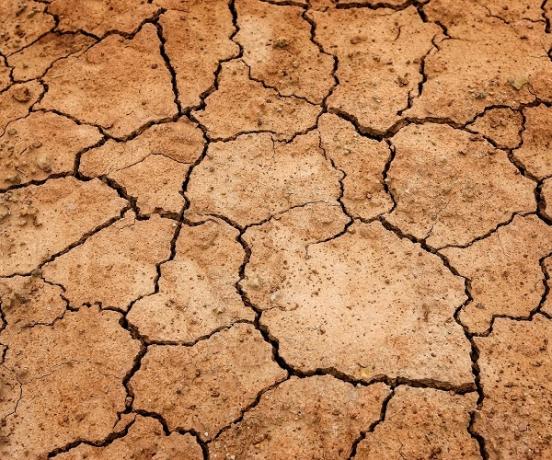The cerrado is a ecosystem found in the central-west region of Brazil, mainly in the states of Goiás, Mato Grosso and Mato Grosso do Sul. This ecosystem is also found in the north, northeast and southeast regions.
The cerrado is the second largest biome in the country and currently occupies approximately 22% of the territory. Biome is the name given to an ecosystem that has its own characteristics, such as climate, vegetation type and animal species.
Get to know some of the main features of the cerrado:
1. undergrowth and low

The cerrado has low, low vegetation called grass. The vegetation is also arboreal, that is, it is formed by shrubs and trees of small size, which usually do not exceed 20 meters in height.
The trees in the cerrado are far from each other most of the time and usually have the driest branches, hardest and twisted.
The vegetation of the cerrado has a striking feature in its roots, which are very deep. This is due to the need to fetch water from deeper layers of the earth, especially during the driest time of the year.
Depending on the location, the vegetation can vary, being more shallow in some places and with small forests in others. But the general characteristics remain, with shrubs and vegetation with little height.
2. Weather with rainy and dry seasons

The climate in the cerrado is called humid tropical and has two well-defined seasons. In winter the weather is cold and very dry, with low air humidity. In summer, the weather is hot and rainy.
The average temperature of the cerrado is usually 25 degrees. The maximum temperatures in summer reach 40 degrees and in winter the temperature tends to reach 12 degrees, which can be even lower in some days.
3. Soil with a reddish color and poor in nutrients

The cerrado soil has a reddish color because it is poor in nutrients and because it is very acidic. In addition to being reddish, the soil is also drier and this is due to the long periods of drought and lack of rain.
Because it is a soil poor in nutrients, the cerrado area was considered to be unproductive for agriculture. This reality has already changed a little, since irrigation and planting technologies were used to reduce these deficiencies and make the soil richer and more productive.
The use of technology to improve the soil of the cerrado began in 1970 and was called green revolution.
Learn more about the meaning of green revolution.
4. It has a wide variety of animal species

The Brazilian cerrado has a large number of animals in its fauna. over 2500 different species.
Some animals found in these regions are: jaguar, porcupine, maned wolf, capuchin monkey, otter, tapir, possum, haystack, anteater, parrot, cocklebur, bush deer, coati, capybara and cavy.
Numerous species of birds, snakes, butterflies and insects are also found in the cerrado.
Some species of the cerrado fauna are at risk of extinction, such as the giant anteater, the jaguar and the maned wolf.
5. It is bathed by 3 hydrographic basins

The cerrado area is bathed by three hydrographic basins: the São Francisco Basin, the Tocantins Basin and the Prata Basin.
- São Francisco Basin: crosses the Southeast, Midwest and Northeast regions,
- Tocantins Basin: located in the central-north region,
- Prata Basin: located in the southern region of South America.
Also present in the cerrado territory are the sources of many rivers that bathe another eight hydrographic basins that supply water to various regions of the country. For this reason the Brazilian cerrado is known as "Brazil water tank".
There are some rivers that have sources in the cerrado: Xingu, Paraguay, Tocantins, Jequitinhonha, São Francisco and Araguaia.
See also the meanings of ecosystem, savanna and Brazilian Biomes.



